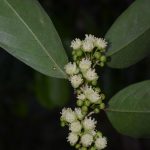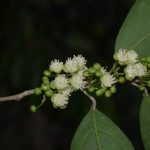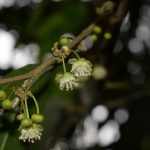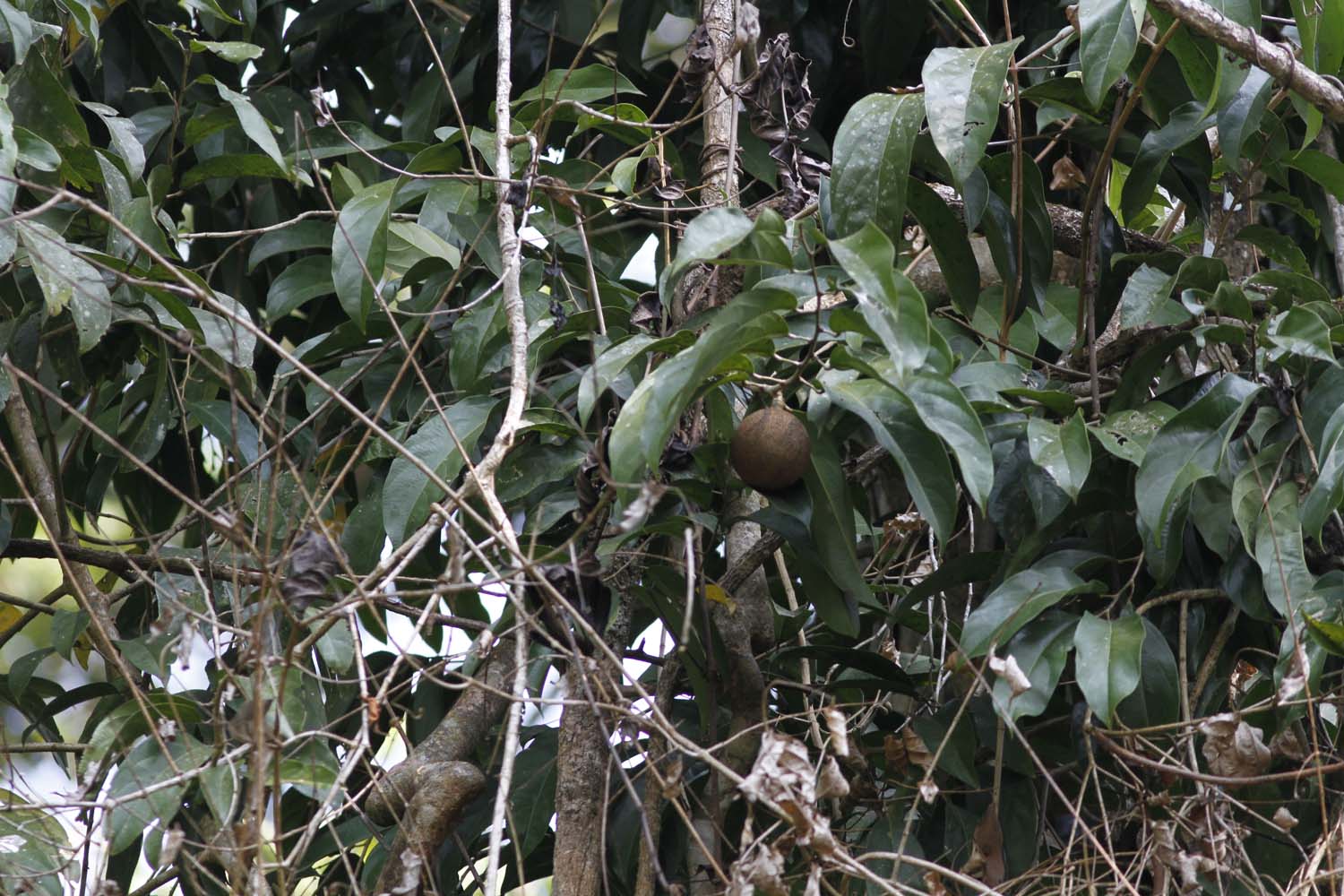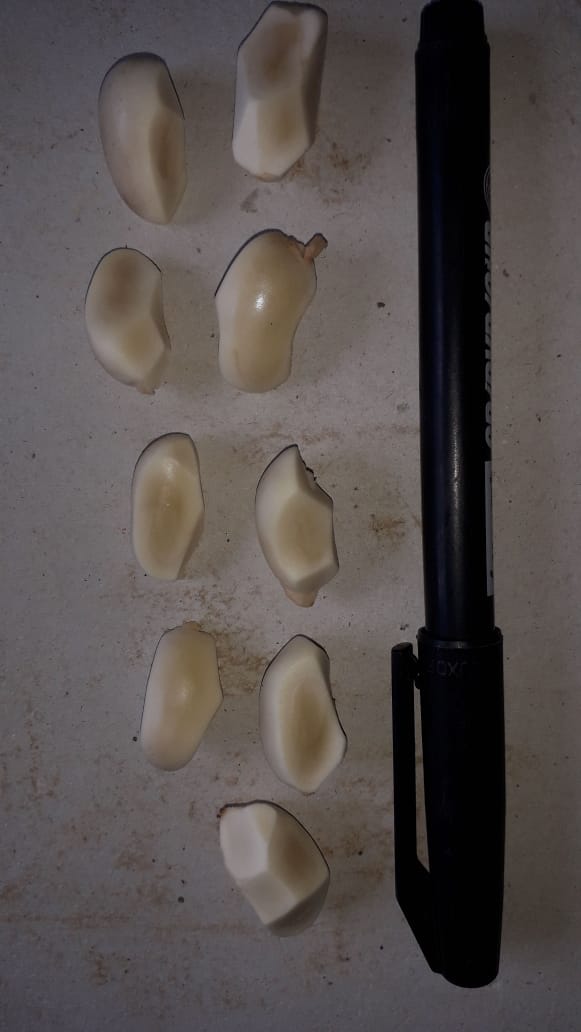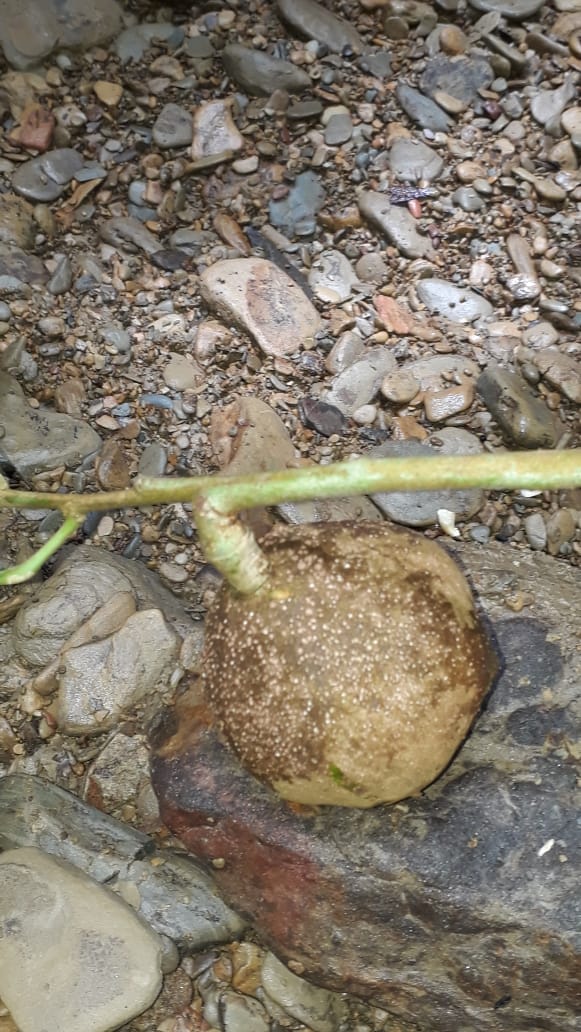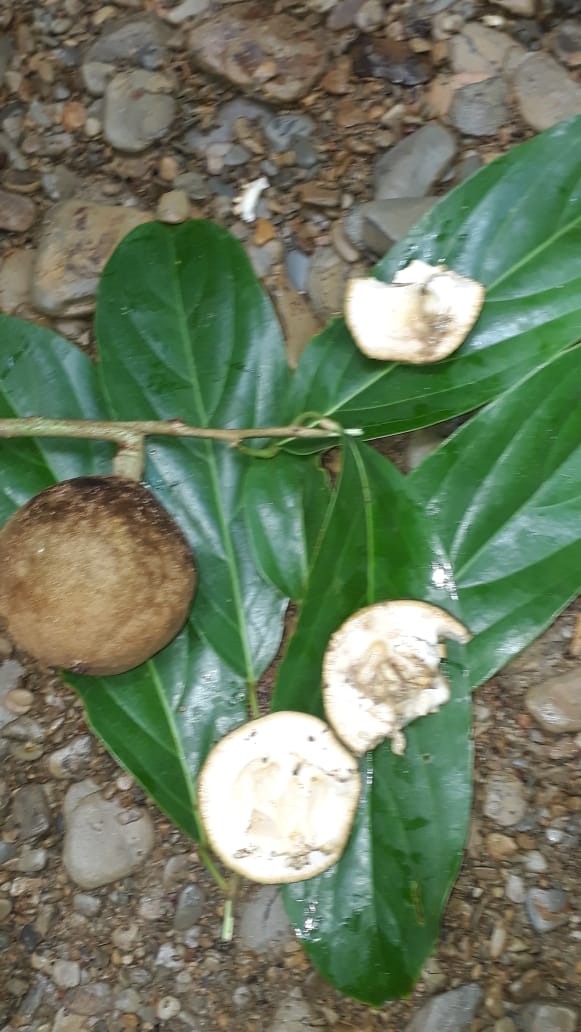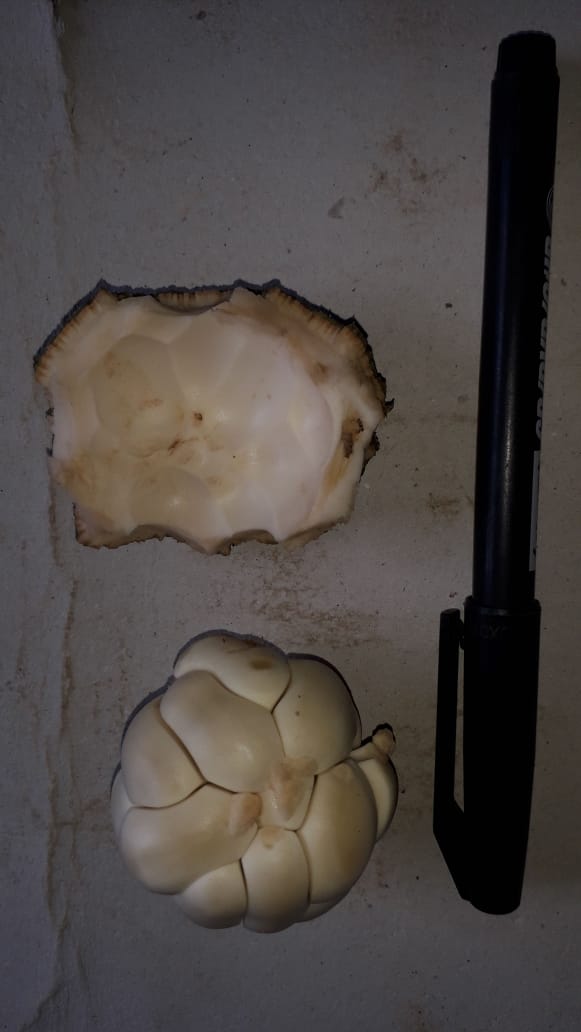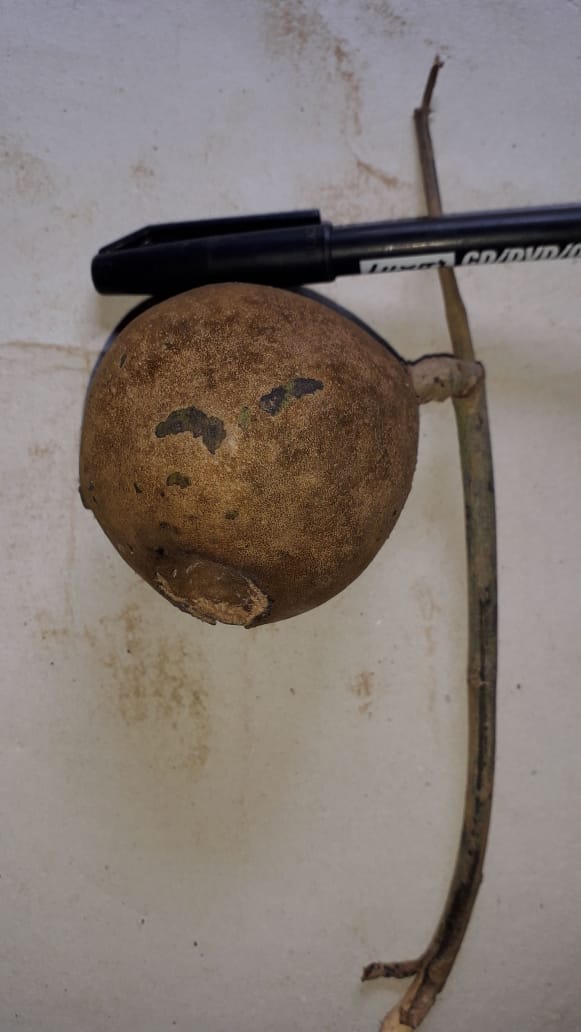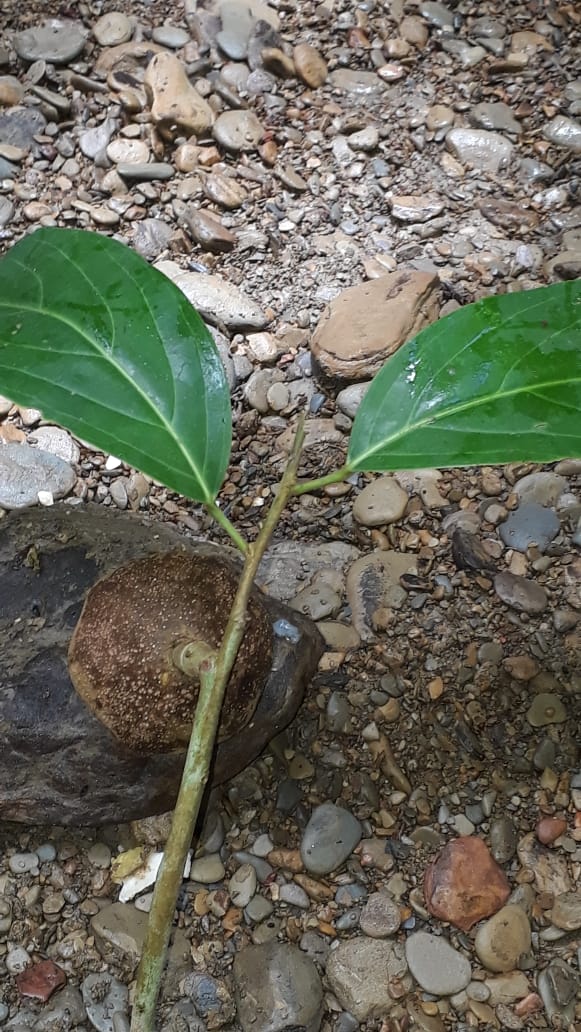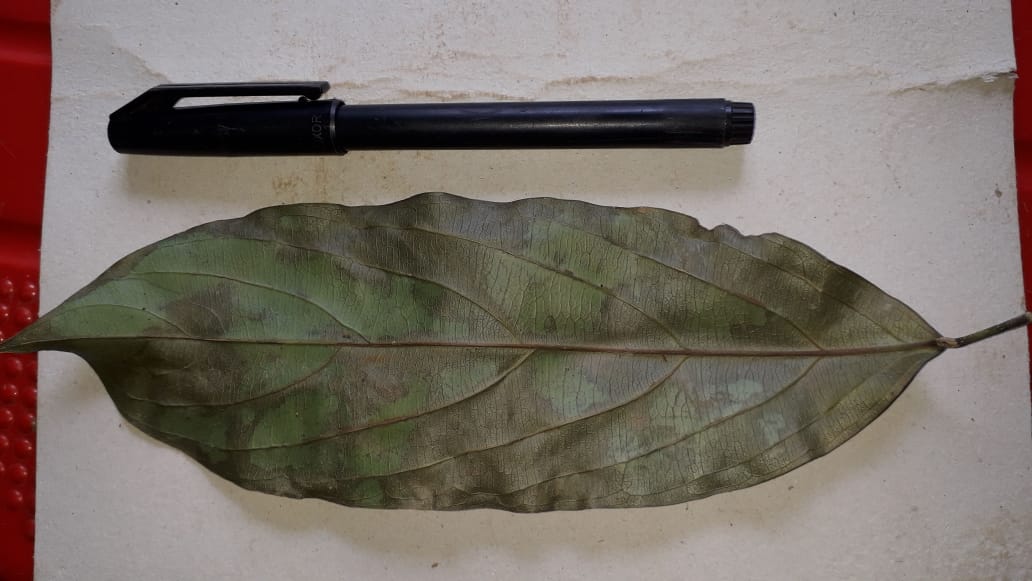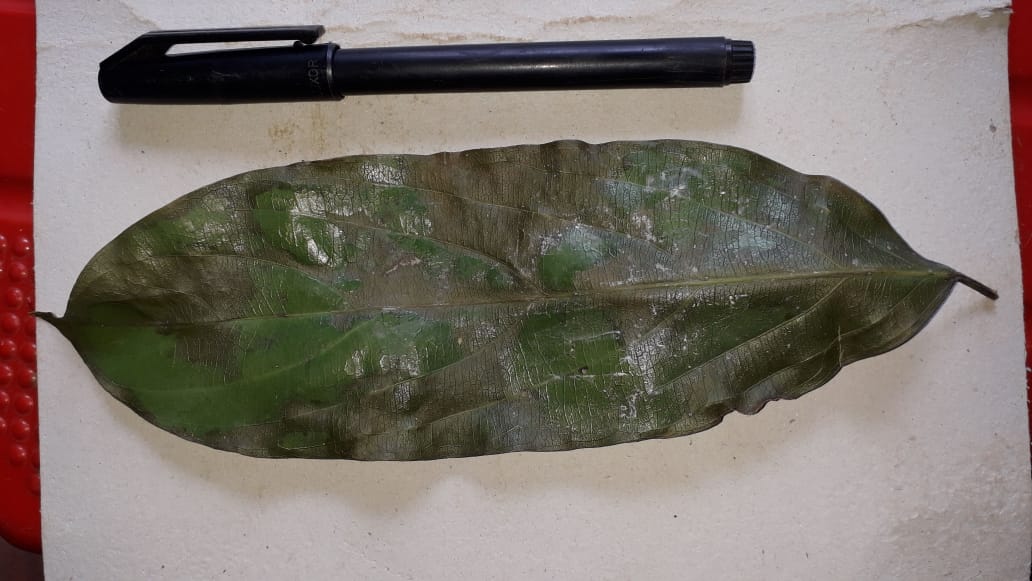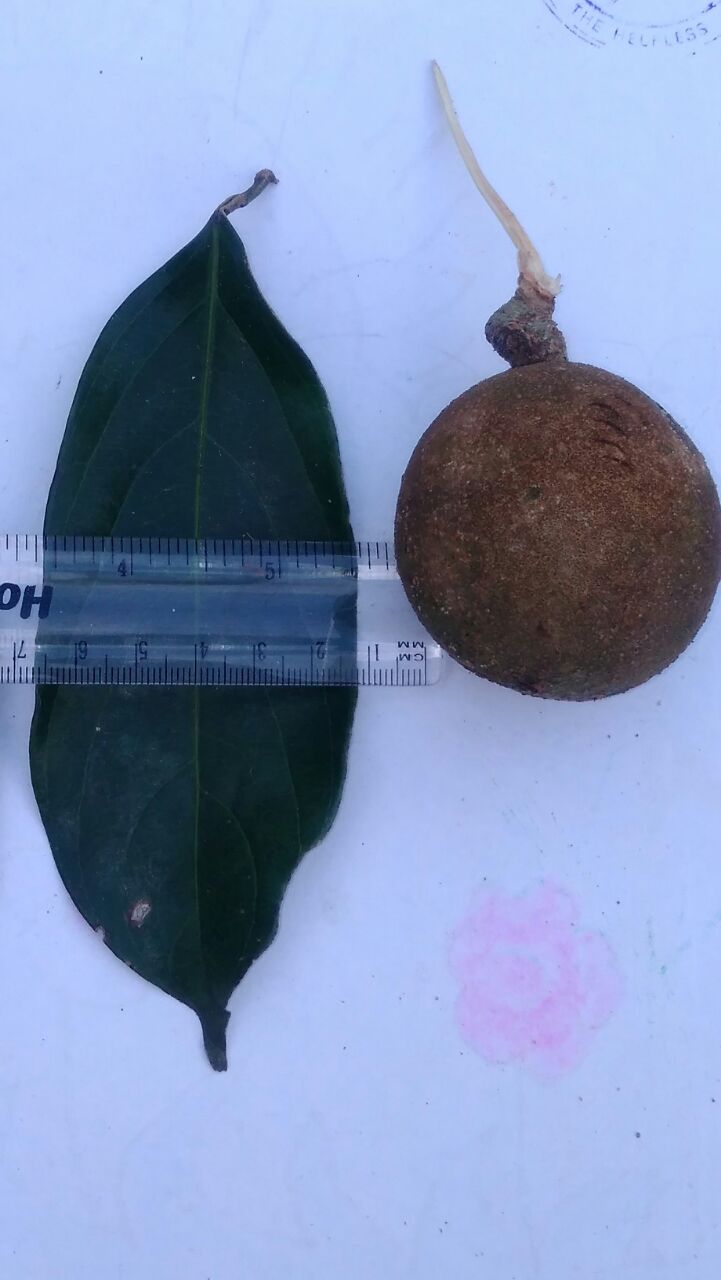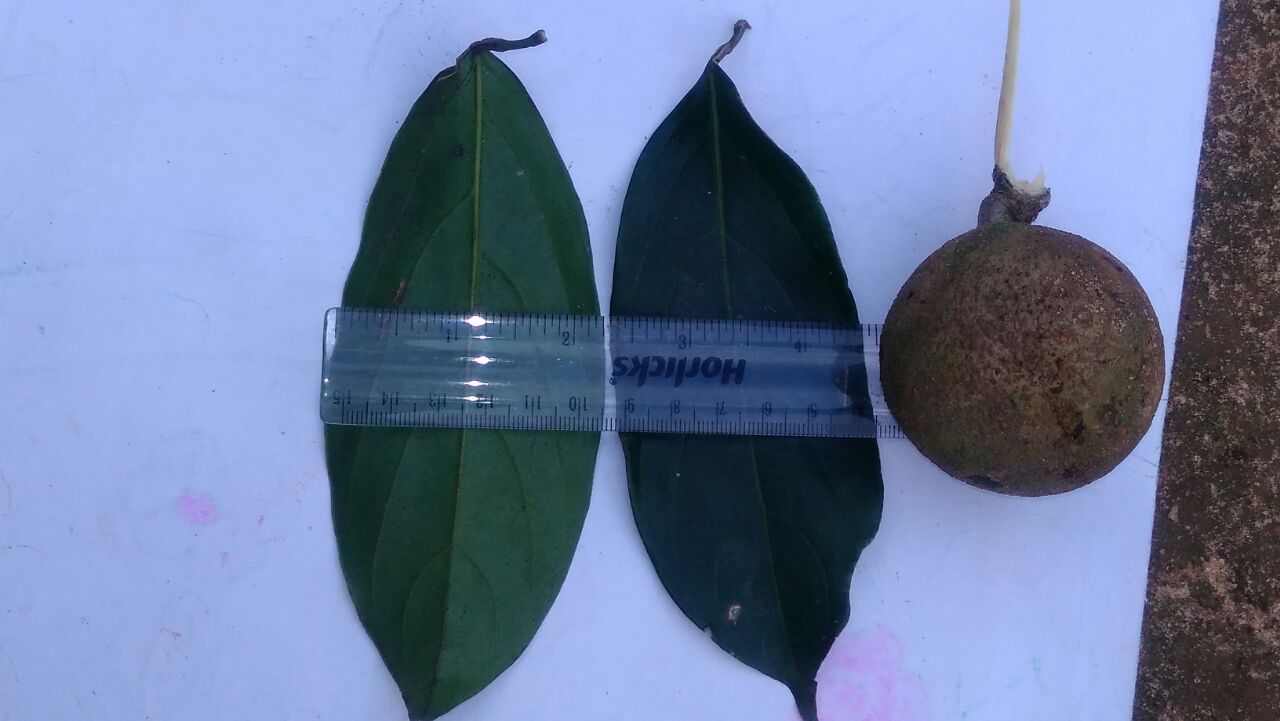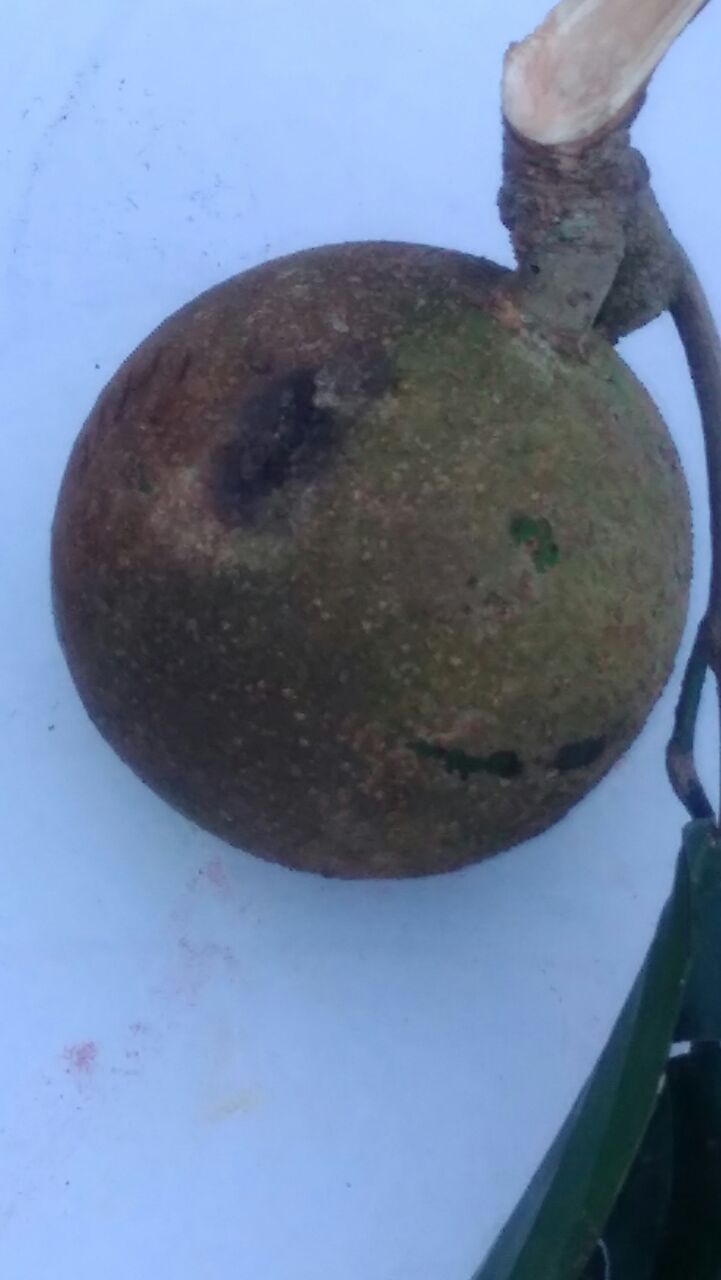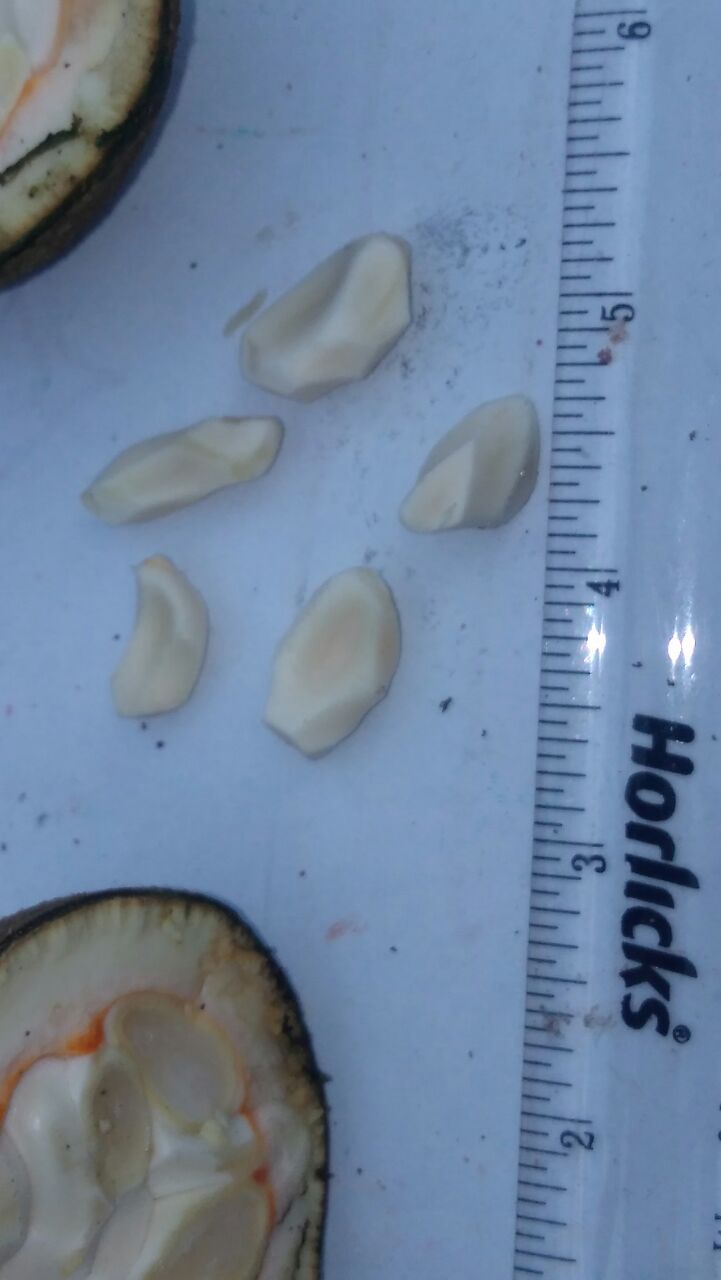|
Hydnocarpus kurzii (King) Warb., Nat. Pflanzenfam. 3(6a): 21 1893. (syn: Hydnocarpus kurzii subsp. australis Sleum.; Hydnocarpus kurzii f. latifolia N. Mukherjee; Taraktogenos kurzii King);
.
Peninsular Malaysia (Kelantan, Pahang, Perak), Myanmar [Burma] (Sagaing), N-Thailand, India (Assam, Manipur, Mizoram, Tripura), Bangladesh, Laos, Vietnam, Trinidad & Tobago (I), Taiwan (I) as per Catalogue of Life;
.
Evergreen trees with narrow crown and hanging branched, about 10-20 m tall. Bark grayish brown to blackish brown, usually with white patches, yellowish brown when peeled. Leaves simple, alternate, variable, bifarious, lanceolate-oblong, obovate-oblong to elliptic-oblong, about 9-30 x 3-10 cm across, base somewhat inequilateral, cuneate rarely obtuse, margin entire, apex shortly or abruptly acuminate, coriaceous, membranous and shortly pubescent when young, glabrescent, dark green when mature, lateral veins 7-9, on either side of the midrib, upturned, gradually diminishing apically towards the margins, connected further with super adjacent secondaries by series of cross veins, petiole usually thickened or swollen near the apex, about 1-3 cm long, stipules leaf like or foliaceous, caducous. Flowers unisexual (dioecious) hypogynous, pedicels articulate, up to 7-10 mm long, bracts minute. Male flowers: pale yellow, about 8-12 mm across in two compact fascicles with common strigosely tomentose peduncle, about 7-15 mm long and strigosely tomentose pedicels, about 7-10 mm long, sepals 4-5, imbricate, subequal, ovate-orbicular, base cuneate, concave, margins ciliate, apex obtuse, brown tomentose, about 4 mm long, petals 4-5, ovate-orbicular to broadly ovate, ovate-orbicular, base cuneate, concave, margins ciliate, apex obtuse. Stamens 15-30, filaments filiform, free, broadened at base, about 4 mm long, anthers 2 loculed, reniform, basifixed, pollen fleshy, tricolporate, reticulate, ovary rudimentary densely pilose. Female flowers: 2-5 in compact fascicles, rarely solitary, because of abortion, peduncle about 5 mm long, usually from the older nodes, sepals and petals similar to male flowers but bigger, staminodes 10-16, linear-oblong, appressed to ovary apex obtuse, ovary superior, ovoid, obscurely 6-7 ribbed, densely brown tomentose, carpels 4, connate, unilocular, stigma 4, usually equaling the number of placentae, recurved, bifid deeply. Fruit indehiscent berry, ovoid-globose, about 8-10 cm across, brownish tomentose, pericarp hard, velvety tomentose. Seeds 12-18, ovoid, angular, about 2.2-3.2 x 1.6-2 cm across, embedded tightly. Evergreen rain forests at higher elevation.
Asia: Bangladesh, India: Assam, Manipur, Mizoram, Tripura; Myanmar
(Attributions- Ganeshaiah, K. N., UAS, Bangalore, India.; Kailash, B. R., ATREE, Bangalore, India.; Royal Norwegian Embassy grants. Indian Bioresource Information Network (IBIN), Department of Biotechnology, New Delhi from India Biodiversity Portal)
.
Attachments (2) – 2 & 2 mb. Sir once check Hydnocarpus hainanensis Thanks, …, for initial id.
Hydnocarpus hainanensis is not reported from India and also does not match with FOC illustration
Only species reported from the area by BSI flora of India is H. kurzii, to which it seems to match as per details herein and as per
Thank you very much sir for your clarification. . Habitat: Hill
Location: Sangu Matamuri Wildlife Sanctuary, Bandarban
Picture taken: February, 2019
Annonaceae ?? Check hydnocarpus kurzii
Thanks, …, for the id. To me also appears close to images at Useful Tropical Plants
Re: Round fruit : 9 posts by 6 authors. 9 images.
Rajnagar, Kumarghat, Tripura
Kindly identify
Looks like Annonaceae member Hydnocarpus sp.?
… seems to be on the right track
Hydnocarpus kurzii ??
Thanks, … for the id.
Only species available in … area as per details at Hydnocarpus is Hydnocarpus kurzii
I think matches with the images and high resolution specimens at
Location Rajnagar Kumarghat Unakoti district Tripura Whether the fruits were hanging from branches? Fruits are on the branches, hanging To me appears close to images at Hydnocarpus alpina Wt. Does not have distribution in your area as per Catalogue of Life It will be Hydnocarpus kurzii (King) Warb. as per discussions in another thread: Re: Round fruit
. References: |
Hydnocarpus kurzii
Updated on December 24, 2024


